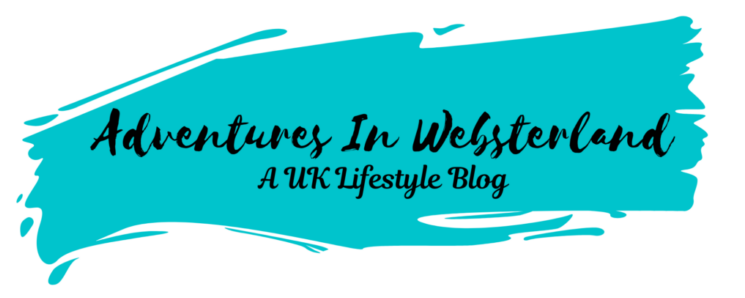One of my goals this year was to make my garden a more welcoming place for wildlife. I wasn’t after a perfectly neat lawn or tidy flowerbeds, I wanted it to feel alive. I wanted to hear bees buzzing around the flowers, watch birds darting through the trees, and maybe even catch a hedgehog shuffling through the leaves at dusk.
If you have a similar goal to mine, the good news is, you don’t need a huge garden, a big budget, or any specialist knowledge to make a real difference. With a few simple changes, any outdoor space can support more life and help rebuild the fragile web that so much wildlife depends on. Here are some easy, effective things you can do to create a more wildlife-friendly garden.

1. Avoid Pesticides
Pesticides and herbicides don’t just kill pests, they also harm beneficial insects, birds, and other wildlife. By skipping the chemicals, you give pollinators and natural predators a chance to thrive. Instead of spraying, consider using companion planting, natural deterrents like crushed eggshells or copper tape, or simply tolerating a bit of imperfection. A garden buzzing with life is far more rewarding than one that’s spotless and silent.
2. Plant For Pollinators
If you want to support bees, butterflies, and other pollinators, the best thing you can do is plant a variety of nectar and pollen-rich flowers. Aim to have plants blooming from early spring through to autumn to give pollinators food across the seasons. Look for native wildflowers and classics like lavender, foxgloves, and echinacea. Even herbs like thyme, mint, and chives, especially when left to flower, can be fantastic food sources.
3. Provide Shelter And Nesting Places
Wildlife needs safe spaces to rest, breed, and hide from predators. Simple steps like leaving a log pile, stacking stones, or creating a mini woodpile in a shady corner can offer vital shelter for insects, amphibians, and small mammals. Adding bird boxes, bee hotels, or hedgehog houses gives creatures dedicated places to nest. These can be bought or easily made with basic materials.

4. Let Part Of Your Lawn Grow Wild
A neatly mowed lawn might look tidy, but it doesn’t offer much for wildlife. Allowing even a small patch of grass to grow long can create a mini meadow. Wildflowers, clover, and grasses will return, bringing bees, butterflies, and other insects with them. If you’re not ready to stop mowing entirely, try cutting less often or leaving a section to grow freely.
5. Add Water
Water is a game changer. Even a shallow bowl or dish can become a lifeline for birds, bees, and insects. Ideally, install a small pond with no fish, just plants and still water. Frogs, newts, dragonflies, and countless other species will find their way to it. If space is tight, a birdbath or even a dish with some pebbles for insects to land on can make a big difference.
6. Choose Native Plants
Native plants are well adapted to local conditions and are often the best food source for native insects and birds. Research which wildflowers, shrubs, and trees are native to your region and add them to your garden. They tend to be low-maintenance and more resilient to local pests and weather, too.

7. Embrace A Bit Of Mess
Perfection isn’t the goal. A few weeds, dead flower heads, and piles of leaves may look untidy to some, but they’re gold for wildlife. Seed heads feed birds, decaying plants house overwintering insects, and a pile of twigs becomes a shelter. Creating a wildlife-friendly garden is as much about what you don’t do as what you do.
Every garden, no matter the size, has the potential to support wildlife. Whether you have a balcony, a backyard, or a small patch of grass, small actions add up. Make space, plant with purpose, and watch life return.

Some lovely ideas! I have planted some wildflowers in my garden and have seen bees already. I really like that bee hotel.
Making your garden more wildlife friendly sounds like a great idea. Thanks for all the tips to achieve that! #MMBC
Nice! Sounds like our garden here in East Texas! Visiting from #MMBC
These are some lovely tips!
Lovely ideas! I have a few plants that attracts bumble bees. It is fun to see them.
-Soma